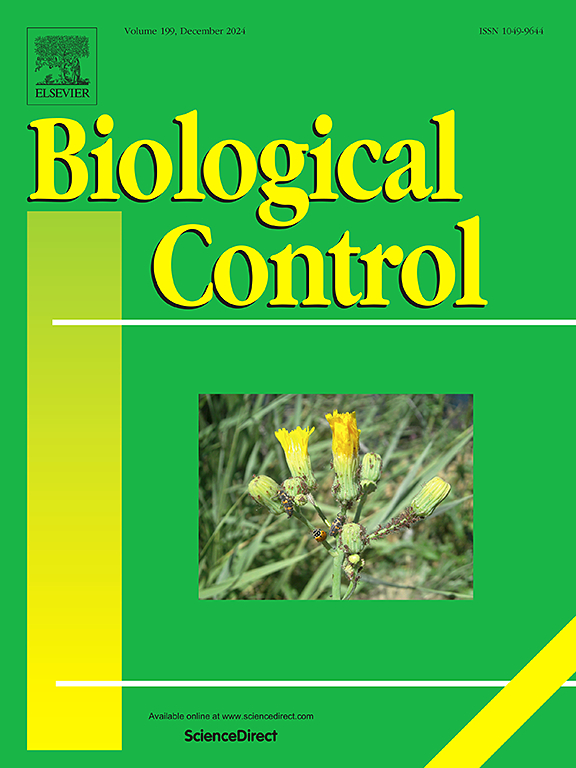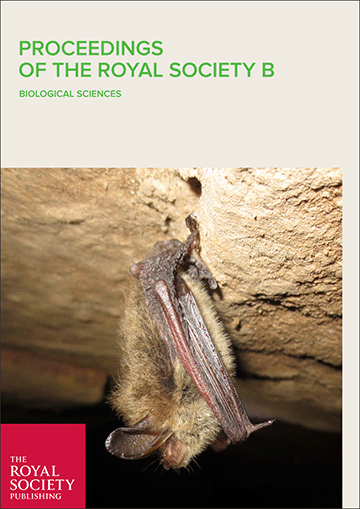DOI:
https://doi.org/10.1080/00167223.2012.709678Altmetric score:
Dimensions Citation Count:
Publication year
2013
Authors
Mertz, O.; Muller, D.; Sikor, T.; Hett, C.; Heinimann, A.; Castella, J.C.; Lestrelin, G.; Ryan, C.M.; Reay, D.S.; Schmidt-Vogt, D.; Danielsen, F.; Theilade, I.; van Noordwijk, M.; Verchot, L.V.; Burgess, N.; Berry, N.J.; Pham, T.T.; Messerli, P.; Xu, J.; Fensholt, R.; Hostert, P.; Pflugmacher, D.; Bruun, T.B.; de Neergaard, A.; Dons, K.; Dewi, S.; Rutishauser, E.; Sun, Z.
Language
English
Keywords
climate change, degradation, landscape, greenhouse gases, biodiversity, governance, monitoring, remote sensing























